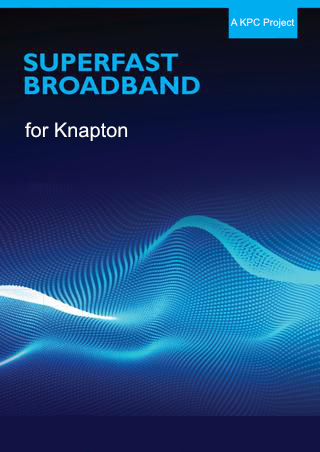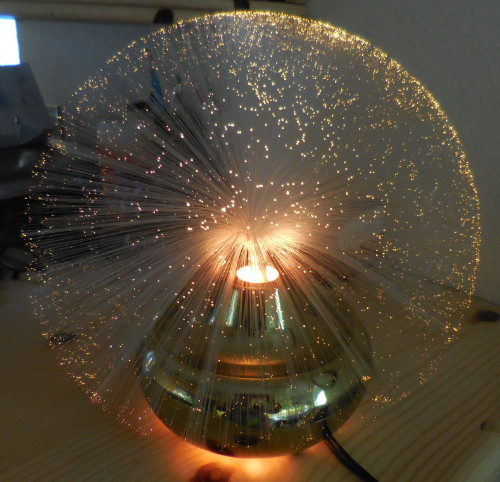PROJECT BROADBAND – it’s time…

PROJECT BROADBAND is a Parish Council led initiative to remove the disparity of broadband performance throughout the parish by giving every household the opportunity to have a full fibre broadband solution direct to their home.
We want every resident in our parish to have the choice of having a broadband service that offers a healthy degree of future proofing and meets the changing needs of their daily lives by removing the inconsistency of the “location lottery” which dictates how good – or bad – their broadband service is.
We have created dedicated web pages for both here on the site with a view to presenting a balanced comparison and we’d love to have your input.
- Around a year ago we contacted OpenReach to research the possibility of setting up a Parish Partnership Scheme and found ourselves having to register resident’s interest before we could even apply for the scheme.
- In October, County Broadband contacted our Chairman and have already started to canvas our resident’s interest.
our Chairman says…
why are fibre cables better than copper?
I think it’s about time that we tried to address the inconsistent quality of the broadband service across the parish so that all parishioners can enjoy the benefits that superfast broadband offers and not just those who, by luck or judgement, happen to live near BTs green cabinet.
Peter Neatherway
Chair | Knapton Parish Council
do you already have fibre-to-the-cabinet broadband?
Wouldn’t you just know it… there’s more than one type of fibre broadband!
Those of us in Knapton lucky enough to have fibre broadband have a service called FTTC (Fibre to the Cabinet).
As the name suggests, FTTC is a blend of fibre and copper, which uses fibre optic cables from the BT Exchange to the green BT street cabinet (which is located next to the village sign at the Hall Lane / Knapton Road junction) and then uses your copper telephone line (known as a PSTN line), to make the connection from the cabinet to your home.
Unfortunately, copper wire loses signal strength over distance, which is why the quality of service that you actually receive depends largely on how far from the BT cabinet you live.
Simply put, copper cables are not very efficient. They’re slow and the signal they carry degrades the further it has to travel. This means that your broadband speed will be directly affected by how much copper cable is used in your connection. So the further you live from BT’s green cabinet, the slower and less reliable your connection will be.
Fibre is inherently more reliable than copper and is less susceptible to adverse weather conditions, so it can carry data at much faster speeds over far greater distances
The cables that deliver fibre broadband can include up to 864 fibre optic tubes, each about as thick as a human hair and 100% reflective on the inside. Information is transferred by sending flashes (or pulses) of light through the tubes which bounce off the inner walls to travel along the cable, to computers, smart phones, tablets or data centres at the receiving end which then interpret the flashes as data.
And because the speed of light is pretty fast, you get a lightning-quick broadband connection that can deliver data at rates thousands of times faster than copper cables to give you superfast speeds with enough bandwidth to get loads of gadgets online at once.


